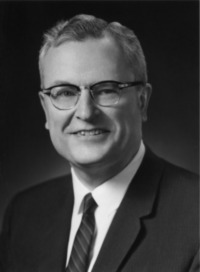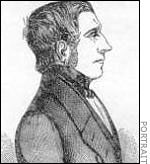Learning from Sports Law
 Some problems that seem to demand coordinated international solutions, like global warming and biopiracy, languish for years without effective responses by the international community. Yet, when the international community set out to address the problem of doping in sports in the late 1990’s, a robust international regulatory system was set up in relatively short order. Does the anti-doping experience have broader lessons for global law-making? Matt Mitten and Hayden Opie think it might.
Some problems that seem to demand coordinated international solutions, like global warming and biopiracy, languish for years without effective responses by the international community. Yet, when the international community set out to address the problem of doping in sports in the late 1990’s, a robust international regulatory system was set up in relatively short order. Does the anti-doping experience have broader lessons for global law-making? Matt Mitten and Hayden Opie think it might.
In a new paper on SSRN, Matt and Hayden argue that “the evolving law of sports is having and will continue to have a significant influence on, and implications for, the development of broader international and national laws.” They examine the anti-doping movement and other sports-law case studies that they believe should be better appreciated by scholars outside the sports-law field for their broader relevance.
Entitled “‘Sports Law’: Implications for the Development of International, Comparative, and National Law and Global Dispute Resolution,” the paper will appear in the Tulane Law Review. The abstract appears after the jump.


